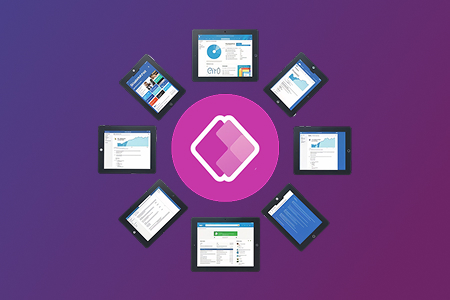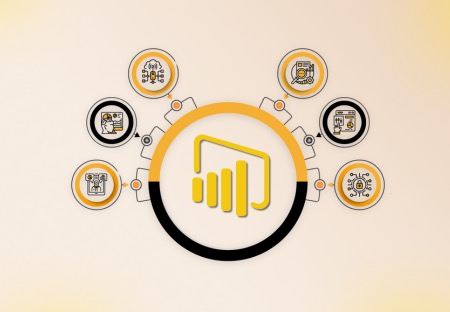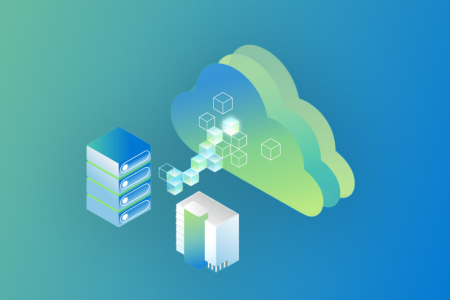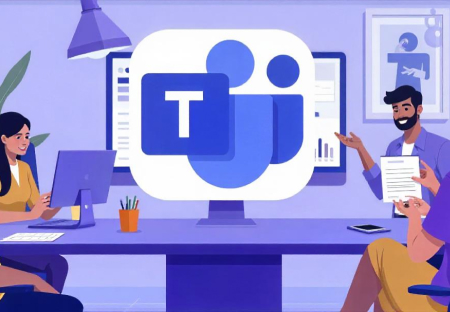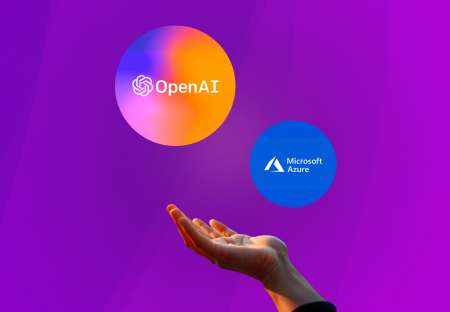While certain programs can withstand planned downtime, most consumer-facing systems with a global audience must be available 24/7. Zero Downtime is unavoidable with a single backend server. Multiple servers help avoid downtime. Small businesses can use the strategies described here since cloud providers provide tools for zero-downtime installations. It helps to grasp the basic concepts, how easy it is to implement, and the repercussions once the vast size is reached.
“When you want to deploy or upgrade your microservices. Don’t wait to upgrade- with Zero Downtime Deployment; you may reconfigure on the fly.
A new year means a new set of goals, and the essential one for this year is to use microservices to reduce development costs and accelerate time to market. There are numerous frameworks and technologies available today for developers that want to build microservices quickly.
Next, you must make sure that the frequent microservice deployments do not affect the microservice’s availability.
Here comes Zero Downtime Deployment (ZDD), which allows you to update your microservice without disrupting its functioning.
When we talk about zero-downtime deployment, what exactly are we referring to?
Zero-downtime deployment, the optimal deployment situation from both the users’ and the company’s perspectives because new features and defects may be incorporated and eradicated without a service interruption.
Three typical deployment techniques that guarantee minimal downtime
Rolling deployment — In a rolling deployment, existing instances are gradually taken off of service. In contrast, new ones are brought online, ensuring that you retain a minimal percentage of capacity during deployment.
Canaries — You test the dependability of version N+1 by deploying a single new instance before continuing with a full-scale rollout. This pattern adds an extra layer of security over and above a standard rolling deployment.
Use of blue-green deployments — You put up a set of services (the green set) that execute a new version of the code while gradually shifting requests away from the old version (the blue set). This may be preferable to canaries in situations where service users are extremely concerned about error rates and will not tolerate the possibility of a sick canary.
So, what’s the most efficient method?
There are other approaches, but one is as simple as:
- Implement your service’s first iteration.
- Your database should be upgraded to the latest version
- Concurrently roll out the v2 and v1 of your service
Once you’ve verified that version 2 is flawless, simply deactivate version 1 and move on.
That’s all there is to it!
Isn’t that simple?
Let’s have a look at the blue-green deployment procedure right now.
Blue-green deployment is something you may not be familiar with. However, it’s a breeze to use Cloud Foundry to accomplish this.
To summarize, to deploy blue and green is as simple as the following:
- keep two backups of your production environment (blue and green)
- Map production URLs to the blue environment to direct all traffic there;
- Any application updates should be deployed and tested in a green environment
- Turn on the switch by mapping URLs to green and turning them off by mapping them to blue.
A blue-green deployment strategy makes it easy to introduce new features without worrying about something going wrong in the field because you can quickly “flip the switch” to revert your router to a previous setting, even if that happens.
Maintaining two copies of the same environment doubles the amount of work necessary to support it; therefore, they have a lot in common. Another option is to utilize the same database for the web and domain layers and then toggle them using blue-green switches. However, if you need to alter the schema to support a new software version, databases can be a real pain to work with.
What if the database change isn’t backward compatible anymore?
Isn’t it possible that my first application may go up in flames?
The truth is…
Despite the enormous advantages of zero-downtime / blue-green app deployment, enterprises prefer to launch their apps using a less risky method:
- Put together a new application package using the current version.
- Put an end to the currently running program
- The database migration scripts should be executed
- Install and use the latest version of the software
When implementing Microservices, why is it critical to have zero downtime?
Uptime is critical for many major web applications. A service interruption can frustrate customers or provide a chance for them to switch to a competitor. In addition, for a site with e-commerce capabilities, this can result in actual revenue being lost.
A website with zero downtime is free of service interruptions. Redundancy becomes a must at every level of your infrastructure if you want to attain these lofty ambitions. Are you redundant to other availability zones and geographies if you use cloud hosting? Using globally dispersed load balancing, do you use it? Do you have many load-balanced web servers and multiple clustered databases on the backend?
Uptime can be increased by meeting these conditions, but it may not be possible to achieve near-zero interruptions. You’ll need to conduct extensive testing to be able to do that. The idea is to demonstrate that parts of your infrastructure collapse rapidly without a significant outage by triggering them. The real test will be when the power goes off.
Zero Downtime Deployment has several advantages.
- More dependable releases will be made in the future.
- Process of releasing software that is easier to repeat.
- There will be no deployments during odd hours of the day or night.
- Upgrades to the software are completely unknown among end-users.
Conclusion:
The pursuit of Zero Downtime Deployment is worthwhile. However, supporting agile development more quickly doesn’t compromise on the end-user experience. Platforms for container management make it simple to do so.
Learn More: DevOps Services of Metaorange Digital



